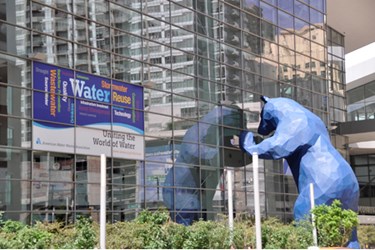Funding Sustainable Water Infrastructure

Bill Zieburtz, Director of Municipal Financial Consulting for Black & Veatch and author of the manual Principles of Water Rates, Fees and Charges, provides direction on how he believes water infrastructure funding will evolve in the future and some of the ways and means utilities can introduce now to fund their future water infrastructure needs.
The following is an excerpt from a Q&A with Water Online Radio. Click on the Radio Player above to hear the full interview.
Water Online Radio: How are we going to keep our water infrastructure updated and current?
Bill: I think there will be two classes of funding that will need to occur to get us where we need to go. One will be broadening our funding options and opportunities, finding different ways to involve the private markets in providing water infrastructure funding in ways that have not been very common up-to-date.
The other one is focused on direct funding. This is the classic way that local governments have been providing water infrastructure. This will need to be at an increased level over what's been common in many localities in the past.
Water Online Radio: Now, you say broadened funding options. Like what? Give me some examples.
Bill: Some of the activities that have become more common in other parts of the world involve many different forms of privatization. That's primarily the thing I'm talking about as well as looking for capital in different ways. More like a venture capital kind of conversation than the classic revenue bond funding and geo bond funding that supported so much of the water infrastructure in the past.
Water Online Radio: Before we went on-air, we were talking about rate revenue and the perceptions about how much of the overall water infrastructure costs that rates are covering. Could you talk us through that and give us a little more insight on what are the real facts versus the perceptions?
Bill: Well, one of the very interesting results from the Black & Veatch survey is that 40-60% of managers self-reported that their rate structure is more than adequate to cover the cost of service they are currently delivering. However, they also indicated a need for rather significant rate increases on an ongoing basis, for many years to come, in the near 10% range, year after year after year.
This reveals an over-confidence in the sufficiency of rate revenues for these utilities. Water utilities really need to consider the long-term, the cumulative effect of the rate increases that are going to be needed to fund all of the investment that's required.
Click on the Radio Player above to hear the full interview.
